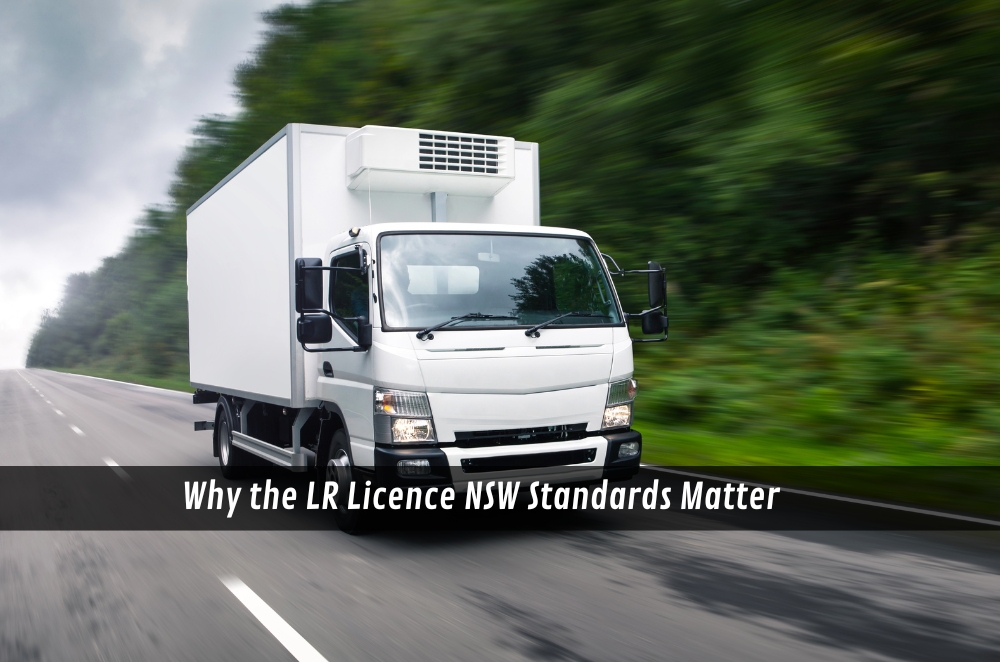Getting an LR licence in NSW isn’t just ticking a box; it’s proving you can handle weight, people, and pressure without flinching. That’s why clear, enforceable vocational training standards for truck drivers belong at the centre of preparation. When standards are sharp, trainers align, learners trust the process, and the road breathes easier. When they’re vague, shortcuts creep in and small mistakes snowball. We back programs that pair low-speed control with practical judgement: scanning, space, and patience. Nail those habits, and buses glide, deliveries land, and everyone gets home. Miss them, and it’s kerbs, claims, and apology calls no one wants. Standards turn raw hours into real competence on busy routes.
What does an LR licence involve?
An LR licence involves safely driving light rigid vehicles with steady control, sharp awareness, and good manners on the road. It proves you can manage size, weight, and passengers without shaking the flow around you.
Beyond the badge, it’s about habits that stand up under pressure: mirror discipline, smooth braking, and patience when others aren’t. Programs that work build from quiet streets to knotty traffic, mixing classroom, yard drills, and real-world routes. Instructors should cap ratios, keep vehicles tidy, and give feedback you can act on—right away.
- Pre-start checks done without prompting.
- Clear space management at low speeds
- Calm merging and lane positioning
- Courteous stops near passengers and cyclists
For nuts-and-bolts clarity, requirements echoed in LR licence training NSW emphasise sequencing practice, realistic routes, and feedback that sticks.
How do training standards lift safety?
Training standards lift safety by removing guesswork and tying coaching to behaviours anyone can observe. When everyone trains to the same bar, other road users can predict what happens next.
Consistency matters on busy corridors: hill starts, tight turns, bus zones, and school areas. Rubrics beat gut feel; you either leave stopping distance or you don’t. Assessment should reward repeatable technique, not lucky laps. Employers inherit drivers who can reproduce those behaviours, shift after shift.
Insurers quietly notice fewer scrapes. Councils notice fewer kerb strikes. Passengers notice smoother pulls-away. Standards aren’t red tape; they’re the scaffolding of trust the network sits on.
Where do programs often fall short?
Programs often fall short when throughput outruns coaching. The telltales: rushed feedback, unrealistic routes, and pre-starts treated as paperwork.
Some training leans on scripts instead of judgment. Others throw learners into peak traffic too early, then tick boxes anyway. Better courses simulate a fundamental shift—detours, loading bays, rain, and a clock that won’t slow down. Publish the rubric, cap student numbers, keep vehicles current, and back new drivers after the test with refresher sessions. That’s how confidence survives the first tough week.
Conclusion
In the end, an LR ticket signals more than competence; it signals care for everyone sharing the lane. Keep standards tight, coach with honesty, and practise until calm becomes habit. Employers feel it, passengers notice it, and the network runs smoother. That’s the point. The ambition should match the stakes within the NSW heavy vehicle training landscape we all move through. Real skills, repeated daily, keep risk low for everyone.





Comments